Breaking News


Popular News

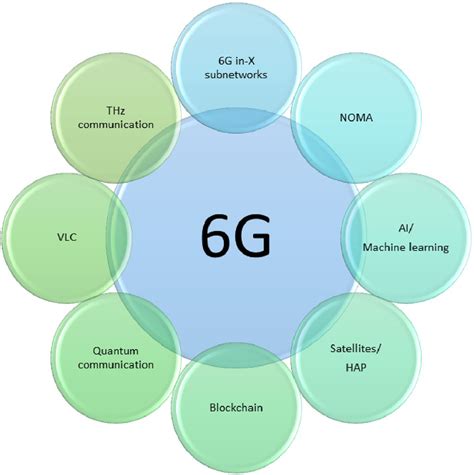
Learn about Full Duplex Technology, 5G to 6G advancements, simultaneous transmission challenges, 6G network implementation, benefits, and future applications. Stay ahead in the SEO game!In the rapidly evolving world of wireless communication, the development of 6G technology has captured the attention of tech enthusiasts and industry professionals alike. One of the most intriguing features of 6G is the implementation of full duplex technology, allowing for simultaneous transmission and reception of data. In this blog post, we will delve into the concept of full duplex technology and its potential impact on 6G networks. We will also explore the advancements from 5G to 6G, the challenges of enabling simultaneous transmission and reception, the potential benefits, and the future applications of this groundbreaking technology. Join us as we unravel the intricacies of full duplex technology and uncover the possibilities it holds for the future of wireless communication.
Contents
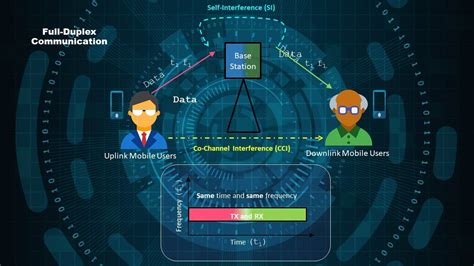
Full Duplex Technology in telecommunications refers to the capability of a device to transmit and receive data simultaneously on the same frequency. This advancement allows for a significant increase in data transfer speeds and overall network efficiency. With traditional half-duplex technology, devices could either send or receive data at any given time, but not both simultaneously. Full duplex technology overcomes this limitation, enabling devices to communicate in both directions at once.
One of the key components of full duplex technology is the use of advanced signal processing techniques to cancel out the self-interference that occurs when transmitting and receiving on the same frequency. This is achieved through the use of complex algorithms and hardware design that allow the device to distinguish between the desired signal and the interfering self-signal, effectively enabling simultaneous transmission and reception without signal degradation.
Implementing full duplex technology in 6G networks will be crucial for meeting the increasing demands for high-speed, low-latency communication. With the proliferation of IoT devices, autonomous vehicles, and other connected technologies, the ability to transmit and receive data simultaneously will be essential for maintaining a seamless and robust network infrastructure.
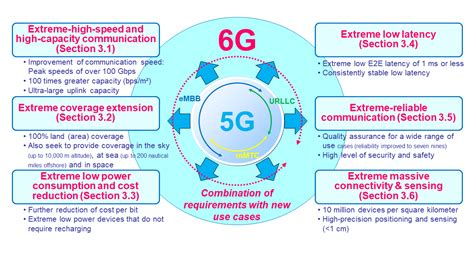
In the ever-evolving world of technology, the transition from 5G to 6G represents a monumental leap forward. With the advancement of full duplex technology, the 6G network will enable simultaneous transmission and reception, revolutionizing the way we communicate and connect with the world around us.
One of the key advancements from 5G to 6G is the ability to achieve higher data transmission speeds and lower latency. This will in turn allow for more seamless and instantaneous communication, enhancing the overall user experience and opening up new possibilities for applications such as virtual reality, augmented reality, and holographic communications.
Furthermore, the transition to 6G will also bring about improved network reliability and coverage, allowing for more consistent and widespread connectivity, even in remote or hard-to-reach areas. This will be crucial in enabling the Internet of Things (IoT) and smart city initiatives to reach their full potential, creating a more interconnected and efficient world.
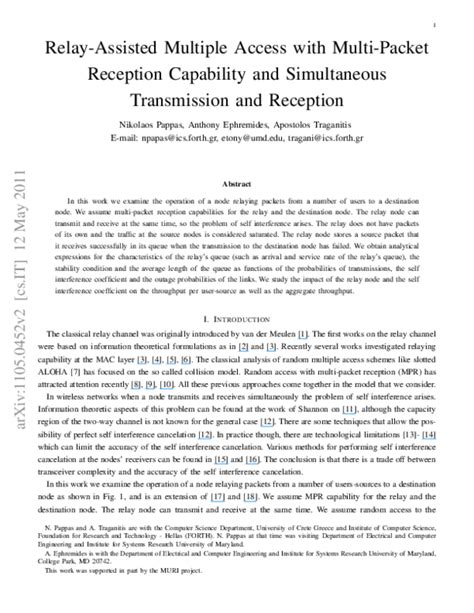
Simultaneous transmission and reception, also known as full duplex technology, presents several challenges in the context of 6G networks. One of the key challenges is managing the interference that arises from transmitting and receiving signals simultaneously. This interference can degrade the signal quality and impact the overall performance of the network. Another challenge is ensuring the isolation between the transmitting and receiving components to prevent signal leakage, which can further contribute to interference.
Additionally, achieving high level of duplex isolation requires advanced RF hardware and complex algorithms, which adds to the cost and complexity of the network infrastructure. Furthermore, the 6G networks will need to address the challenge of power consumption, as simultaneous transmission and reception can increase the energy requirements of devices and base stations. This poses a significant hurdle in terms of designing energy-efficient and sustainable 6G networks.
Moreover, the deployment of full duplex technology in 6G networks will require careful consideration of the potential for self-interference, especially in wireless communication systems. The challenge lies in developing sophisticated signal processing techniques and advanced RF front-end designs to mitigate self-interference and maximize the benefits of simultaneous transmission and reception. Overall, addressing these challenges is crucial for unlocking the full potential of full duplex technology in the context of 6G networks.
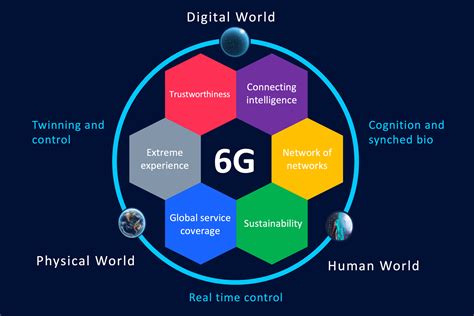
Implementation in 6G Networks
With the constant evolution of wireless technology, the implementation of full duplex technology in 6G networks is on the horizon. This advancement will enable simultaneous transmission and reception, revolutionizing the way data is transferred and received across networks. The potential benefits of this implementation are vast, from increased data speeds to greater network efficiency.
One key challenge in the implementation of full duplex technology in 6G networks is ensuring a seamless and interference-free communication system. With the ability to transmit and receive data simultaneously, there is a need for robust signal processing and interference cancellation techniques to optimize network performance.
Advancements from 5G to 6G have paved the way for the implementation of full duplex technology, bringing us closer to a future where simultaneous transmission and reception are the norm. As researchers and engineers continue to develop and refine this technology, the potential applications in various industries are limitless, from improved connectivity in smart cities to enhanced communication in remote areas.
| Potential Benefits of Implementation in 6G Networks |
|---|
| 1. Increased data speeds |
| 2. Greater network efficiency |
| 3. Enhanced communication in remote areas |

Full Duplex technology, which allows for simultaneous transmission and reception, has the potential to revolutionize the way we communicate and use wireless networks. With its ability to transmit and receive data at the same time, this technology has the potential to significantly increase the efficiency and capacity of wireless networks, leading to faster and more reliable connections for users.
One of the potential benefits of full duplex technology in 6G networks is the ability to support higher data rates and lower latency. This means that users will be able to enjoy faster download and upload speeds, as well as reduced lag and delay in their connections. This could open up new opportunities for applications such as augmented reality, virtual reality, and remote robotic control, which require low latency and high data rates to function effectively.
Furthermore, the implementation of full duplex technology in 6G networks could also lead to advancements in areas such as smart cities, connected vehicles, and Internet of Things (IoT) devices. By enabling more efficient and reliable wireless connections, this technology could support the seamless integration of various devices and systems, leading to new use cases and applications that were not feasible with previous generations of wireless networks.
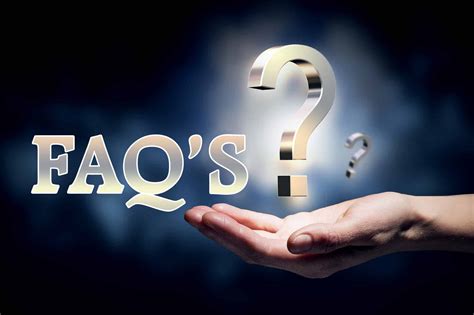
What is full duplex technology?
Full duplex technology allows for simultaneous transmission and reception of data, enabling devices to send and receive data at the same time.
How does full duplex technology differ from half duplex?
Half duplex technology only allows for one-way communication at a time, whereas full duplex enables two-way communication simultaneously.
What are the potential benefits of full duplex technology in 6G?
Full duplex technology in 6G could significantly increase network efficiency, reduce latency, and enable new applications such as real-time interactive experiences and ultra-reliable communications.
What are the challenges of implementing full duplex technology in 6G networks?
Challenges include managing interference between simultaneous transmissions and receptions, as well as minimizing power consumption and hardware complexity.
Are there any real-world applications for full duplex technology in 6G?
Yes, real-world applications could include advanced autonomous vehicles, immersive virtual reality experiences, and high-speed industrial automation.
How does full duplex technology contribute to the evolution of wireless communication?
Full duplex technology represents a major advancement in wireless communication, allowing for more efficient use of spectrum and enabling new capabilities for future wireless networks.
What are some of the potential limitations of full duplex technology in 6G?
Some limitations may include technical complexity, cost of implementation, and the need for compatible devices and infrastructure.